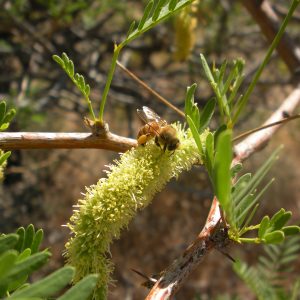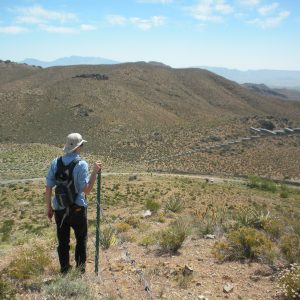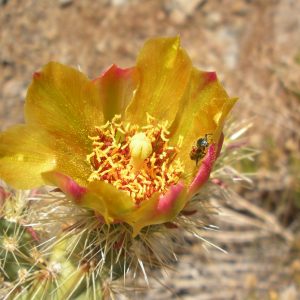I have never blogged before, so this might be interesting. Where to start… I moved from Kansas to California for my internship. I work at the Cosumnes River Preserve just south of Sacramento, CA. As far as land goes, it is not that large, but it has a lot of substance. Habitats from vernal pools, to grasslands, to Riparian woodlands occupy most of the space. The preserve itself is unique in the fact that many agency co-manage the land. BLM, Ducks Unlimited, The Nature Conservancy, local easement land owners, and some water organization which I cannot remember at the time all work together cooperatively to run the preserve and act as stewards for the land. In this aspect, this internship is really good, because I have the opportunity of working with, and observing, many different organizations and their differing methods. This will give me ample information to help me in determining my next life stage.
I enjoy the weather California has to offer. It gets hot here, or will soon, but not as hot as I am used to, and the evenings are gorgeous. I hear the winters are mild, so I will be looking forward to that. I haven’t done a lot of field work around trees before, so the added shade is very nice. Drawback: my allergies have been acting up, and there are lots of ticks here, but I knew what I was getting into, so no biggy.
I like my coworkers. Everyone is real nice and more than willing to offer a helping hand when needed. I get the opportunity to achieve independently, but also work cooperatively to overcome challenges. The only area of contention I have had so far is the fact that my boss has been emphasizing getting the seed collection for Seeds of Success started, but doesn’t really know a whole lot about the process (as neither do I). Since he wants me to get started on that stuff before the field training at the Grand Canyon, I have pieced together as much as I can on how to go about doing this. That’s okay, though, because its probably good to start early, and I will have everything figured out by the time I need.
I have not really had any problems adjusting to a different culture from where I moved. I have always heard about culture shock, but I guess I just don’t get it. I love the wildlife out here. There are lots of birds that I know, but never have been able to see before, and I can’t wait to see a bunch of trees I have on my list of things to see (like redwoods, giant sequoias, sugar pine). I don’t even care if that’s nerdy.












 Brittany and I have been charged with numerous and exciting responsibilities. My time so far has been spent managing and editing an extensive excel file of invasive animals in the national parks across the country, which will conclude as a national report to Congress. Talk about instant gratification; who knew the hours upon hours of collegiate excel work would be put to such immediate use! Having collaborated on an aquatic invasive species research project with my advisor at Hamline (
Brittany and I have been charged with numerous and exciting responsibilities. My time so far has been spent managing and editing an extensive excel file of invasive animals in the national parks across the country, which will conclude as a national report to Congress. Talk about instant gratification; who knew the hours upon hours of collegiate excel work would be put to such immediate use! Having collaborated on an aquatic invasive species research project with my advisor at Hamline ( getting to continue my education and expand my knowledge on invasives has been a real treat for me as well.
getting to continue my education and expand my knowledge on invasives has been a real treat for me as well.
 Neither of us have ever been, so the experience is going to be that much more amazing. We are planning a mini-road trip, with a night camping
Neither of us have ever been, so the experience is going to be that much more amazing. We are planning a mini-road trip, with a night camping in Arches National Park in Moab, Utah, as well as a short stop at the famed “Four Corners”.
in Arches National Park in Moab, Utah, as well as a short stop at the famed “Four Corners”.
